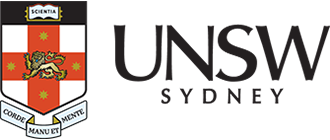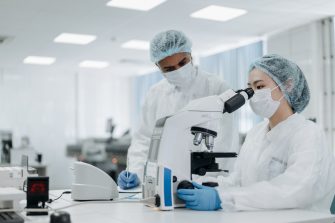PerkinElmer-Spectrum Two-FTIR Spectrometer

Description
The Spectrum Two is a versatile Fourier Transform Infrared (FTIR) spectrometer designed for a wide range of materials analysis. It offers several sampling accessories to accommodate various sample types, thicknesses and techniques.
Specifications
-
This method facilitates rapid analysis of thin films (down to microns), opaque solids, liquids, and powders. It covers a wavenumber range of 450-4000 cm⁻¹ (22 µm to 2.5 µm).
-
Analyse thin films (less than 100 microns) deposited on transparent mid-infrared substrates or analyse powdered samples mixed with KBr. The transmission mode operates within the 400-4000 cm⁻¹ (25 µm to 2.5 µm) range.
-
This technique is suitable for measuring any flat film, metallic surfaces, or reflecting surfaces. Measurements are conducted at a fixed 16° angle of incidence across the 450-4000 cm⁻¹ (22 µm to 2.5 µm) range. The accessory includes a flat reference mirror and aperture masks (2mm, 5mm, and 10mm) for versatility.
-
This method is ideal for analysing highly scattering solids and powders. It operates within the 450-4000 cm⁻¹ (22 µm to 2.5 µm) range and comes with two sampling cups with micro (~20mg) and macro (~80mg) capacities.
-
- Organic powders, liquids, and films
- Biological sections
- Minerals
- Polymers
Applications
- Chemical characterization and crystallinity of polymers
- Polymer and small molecule analysis via library matching
- Mapping lipid and amino acid-rich areas in biological samples
- Identifying metal-ligand bonds in complexes
- Comparing Raman and FTIR spectra to reference libraries for molecule identification
- Verifying results through complementary techniques
Instrument location
Spectroscopy Laboratory location
Ground Floor, Room G31
June Griffith Building (F10)
UNSW Sydney Kensington NSW 2025
Phone: 02 9385 9795
Email: spec@unsw.edu.au
Access
-
Email
spec@unsw.edu.au
Parent facility
Explore more instruments, facilities & services
Our infrastructure and expertise are accessible to UNSW students and staff, external researchers, government, and industry.




